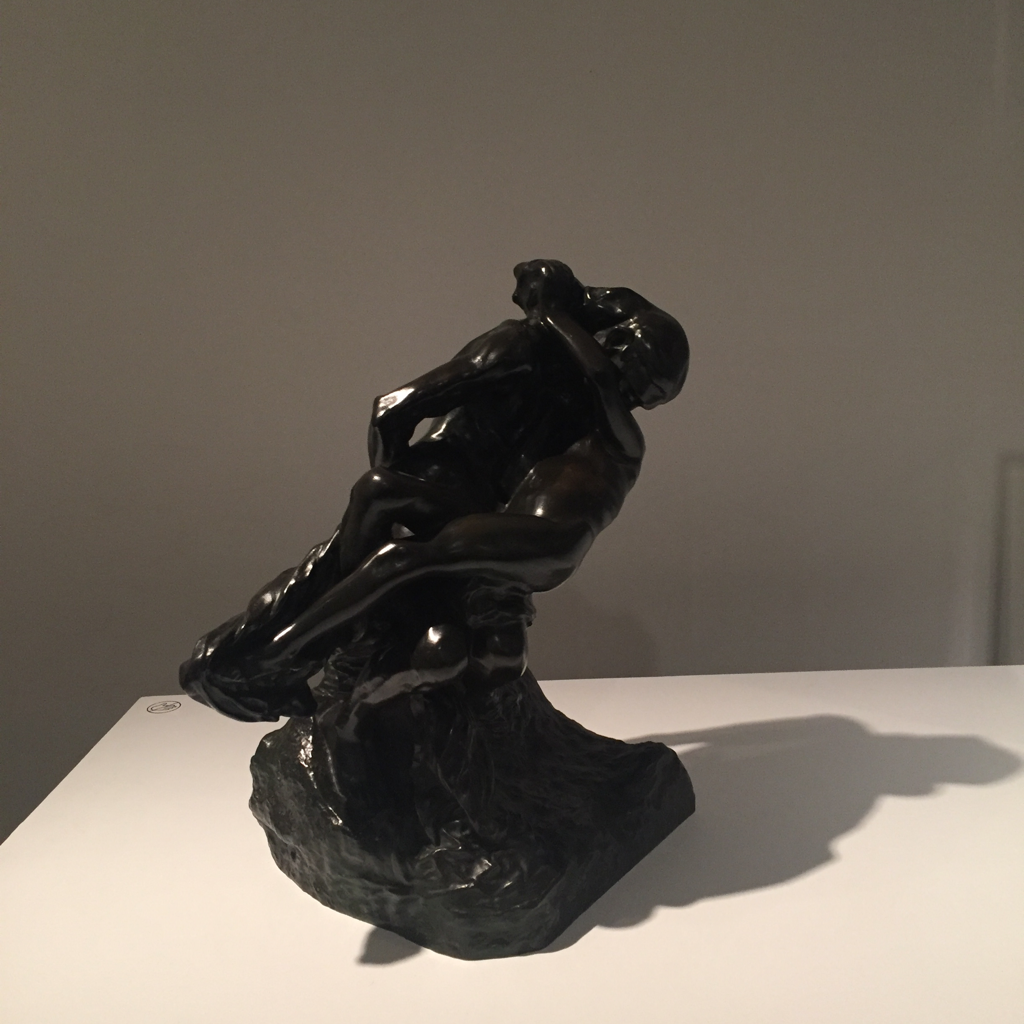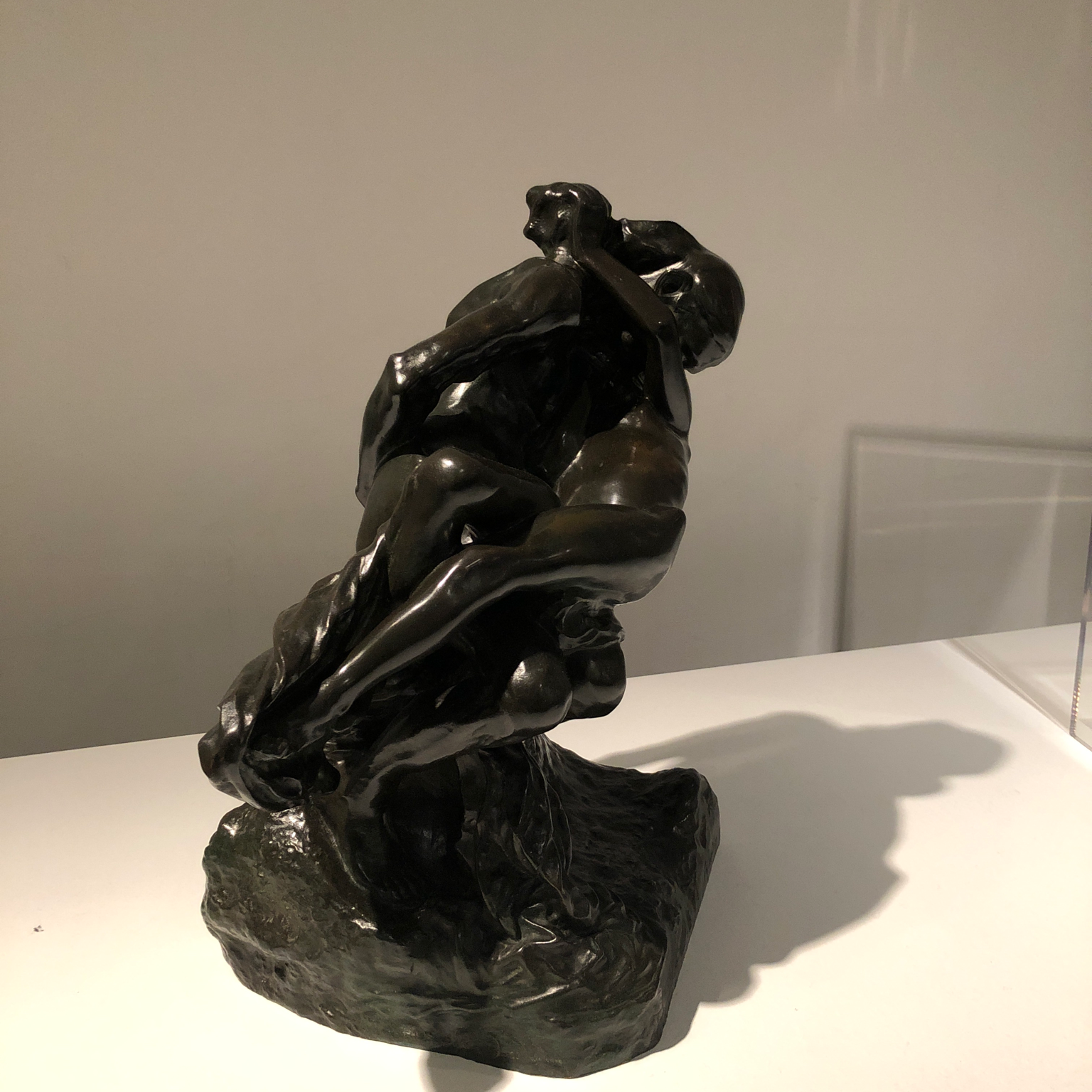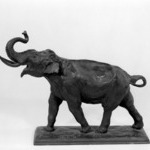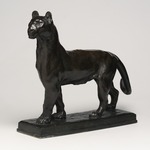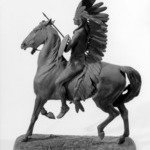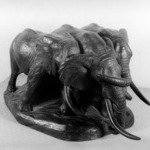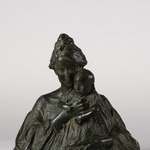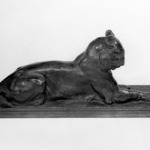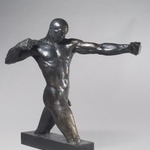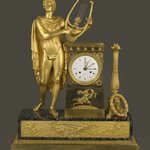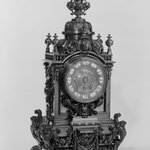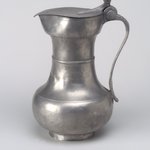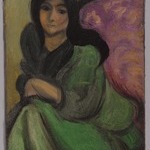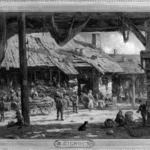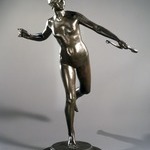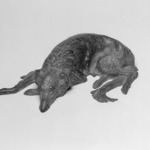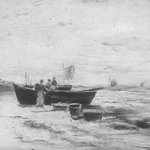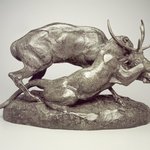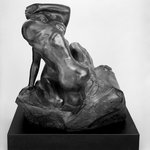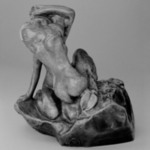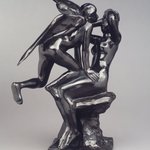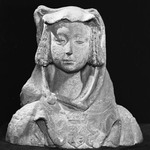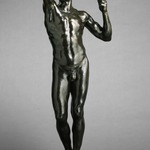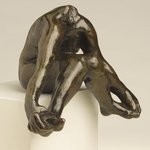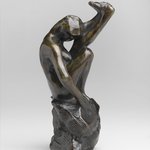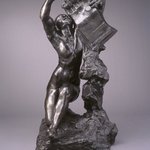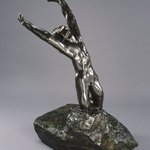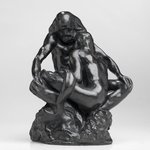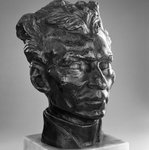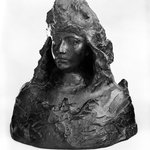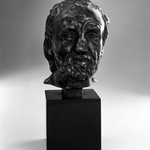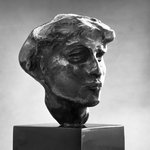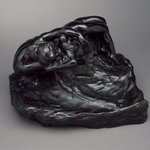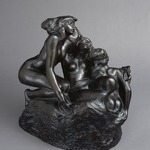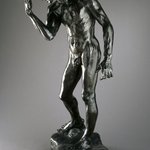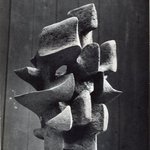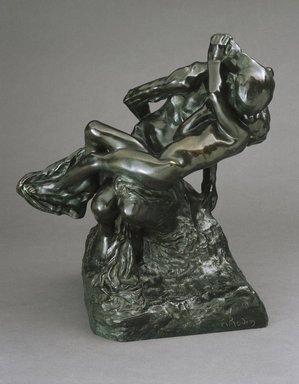
Youth Triumphant (La Jeunesse triomphante)
European Art
On View:
In this enigmatic group Rodin joined the figures of an elderly and a young woman embracing. Their relationship is unclear: Rodin did not always attach a specific meaning or narrative to his works, nor did he grant too much importance to titles, leaving things open to a range of interpretations. The piece has also been called Fate and the Convalescent and Young Girl and Fate, which both seem to refer to the small scissors on the back. In this reading, the old woman is Fate, who has dropped her scissors and will not be snipping the delicate thread of the young woman’s life. The title Youth Triumphant suggests an allegory of the life cycle, with youth rising to overcome age.
The wizened old woman here epitomizes Rodin’s frequent interest in depicting unconventional or unidealized figures.
The wizened old woman here epitomizes Rodin’s frequent interest in depicting unconventional or unidealized figures.
MEDIUM
Bronze
DATES
1896; cast date unknown (after 1898)
DIMENSIONS
20 1/2 x 18 x 12 3/4 in. (52.1 x 45.7 x 32.4 cm) (show scale)



MARKINGS
Side with feet, stamp for Thiébaut
SIGNATURE
Bottom right: "A. Rodin"
COLLECTIONS
European Art
ACCESSION NUMBER
84.210.2
CREDIT LINE
Gift of the Iris and B. Gerald Cantor Foundation
EXHIBITIONS
MUSEUM LOCATION
This item is not on view
CAPTION
Auguste Rodin (French, 1840–1917). Youth Triumphant (La Jeunesse triomphante), 1896; cast date unknown (after 1898). Bronze, 20 1/2 x 18 x 12 3/4 in. (52.1 x 45.7 x 32.4 cm). Brooklyn Museum, Gift of the Iris and B. Gerald Cantor Foundation, 84.210.2. Creative Commons-BY (Photo: Brooklyn Museum, 84.210.2_SL1.jpg)
EDITION
Edition: 23/unknown
IMAGE
overall, 84.210.2_SL1.jpg. Brooklyn Museum photograph
"CUR" at the beginning of an image file name means that the image was created by a curatorial staff member. These study images may be digital point-and-shoot photographs, when we don\'t yet have high-quality studio photography, or they may be scans of older negatives, slides, or photographic prints, providing historical documentation of the object.
RIGHTS STATEMENT
Creative Commons-BY
You may download and use Brooklyn Museum images of this three-dimensional work in accordance with a Creative Commons license. Fair use, as understood under the United States Copyright Act, may also apply.
Please include caption information from this page and credit the Brooklyn Museum. If you need a high resolution file, please fill out our online application form (charges apply).
For further information about copyright, we recommend resources at the United States Library of Congress, Cornell University, Copyright and Cultural Institutions: Guidelines for U.S. Libraries, Archives, and Museums, and Copyright Watch.
For more information about the Museum's rights project, including how rights types are assigned, please see our blog posts on copyright.
If you have any information regarding this work and rights to it, please contact copyright@brooklynmuseum.org.
RECORD COMPLETENESS
Not every record you will find here is complete. More information is available for some works than for others, and some entries have been updated more recently. Records are frequently reviewed and revised, and we welcome any additional information you might have.



